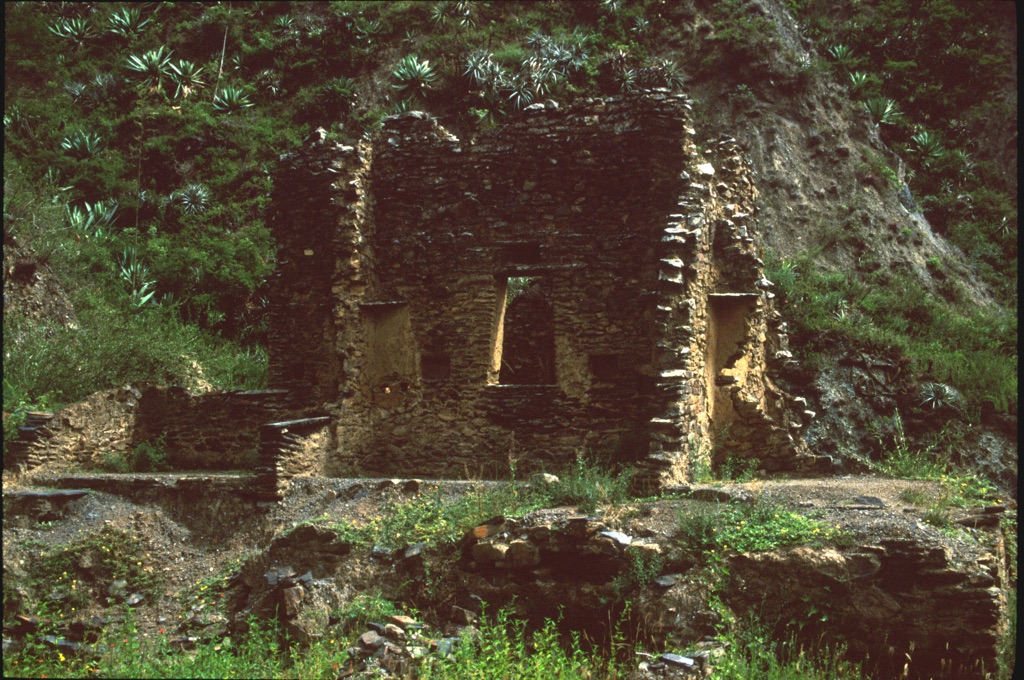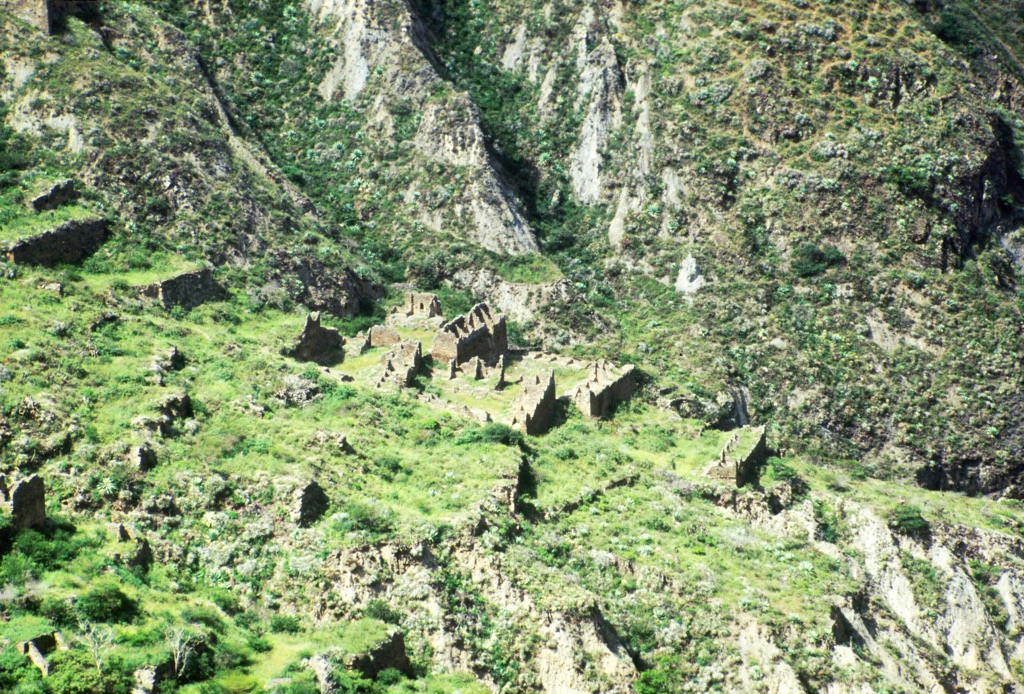Iskanwaya, located in the La Paz Department of Bolivia, is an archaeological site atop a hill overlooking the Rio Muñecas valley. Dating to around 1500 AD, this ancient city is a key site of the Lupaqa culture near Lake Titicaca, with a comprehensive urban layout comprising residential domains, public zones, and ceremonial sectors.
Get your dose of History via Email
Historical Background of Iskanwaya
Iskanwaya was discovered in the early 20th century, with organized excavations beginning in the 1970s under Carlos Ponce Sanginés. Its placement implies it held much importance as a trade and administrative nucleus before being subsumed by the Inca Empire. The site’s abandonment post-Inca decline is uncertain, with climatic or social factors being suggested.
The city’s design, featuring streets, plazas, and a clear societal division of residential areas, reveals an advanced grasp of urban planning. The remains of agricultural terraces also spotlight efficient farming methods. The Lupaqa’s infrastructure has given rise to questions about the capability of Andean cultures prior to the Inca influence.

About Iskanwaya
Currently, Iskanwaya is recognized for its historical significance and is the focus of preservation efforts. Spanning roughly 20 hectares, Iskanwaya exhibits fine-cut stone constructions typical of Andean dry stone walling. The city’s complex space management includes stairways and ramps, signifying its adaptation to uneven terrain.
The residences are distinguished by trapezoidal doorways akin to those in Inca edifices, with variations in dwelling size indicative of social stratification. Color remnants on walls suggest a once vivid appearance. Public areas include plazas and ceremonial centers, with a key plaza likely serving as the focal point for collective activities, and a sunken court potentially used for rituals.
Furthermore, Iskanwaya’s water management infrastructure underscores the Lupaqa’s engineering acumen. The utilization of agricultural terraces around the city is evidence of their proficiency in sustainable cultivation.

Theories and Interpretations
Scholars have posited various functions for Iskanwaya, ranging from a religious to a commercial nexus, reflecting its strategic emplacement. The reasons for its desertion remain hypothetical. Comparative analyses of construction techniques have raised inquiries about intercultural interactions within the Andean region. Radiocarbon dating situates its origin in the 15th century AD.
The site’s astrological alignments point to a complex understanding of celestial patterns. Ongoing investigations at Iskanwaya promise to clarify its significance and role in Andean civilization.
At a glance
Country: Bolivia
Civilization: Lupaca People
Age: Approximately 15th century AD

